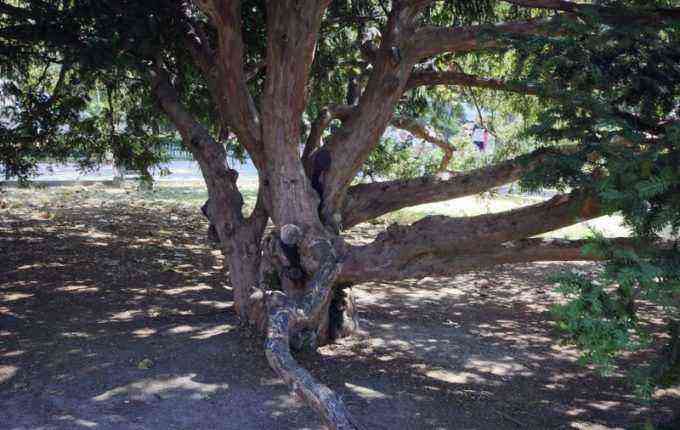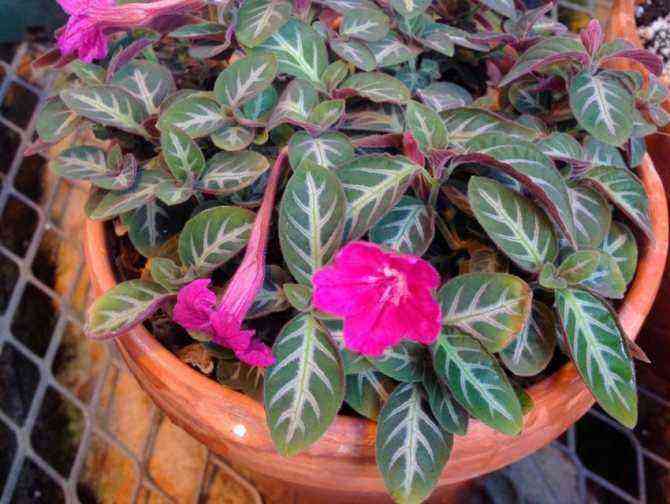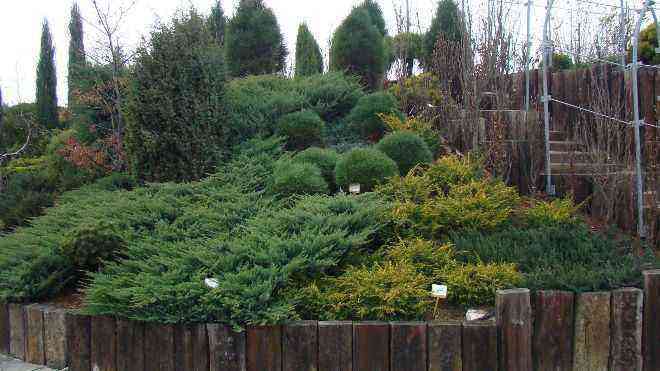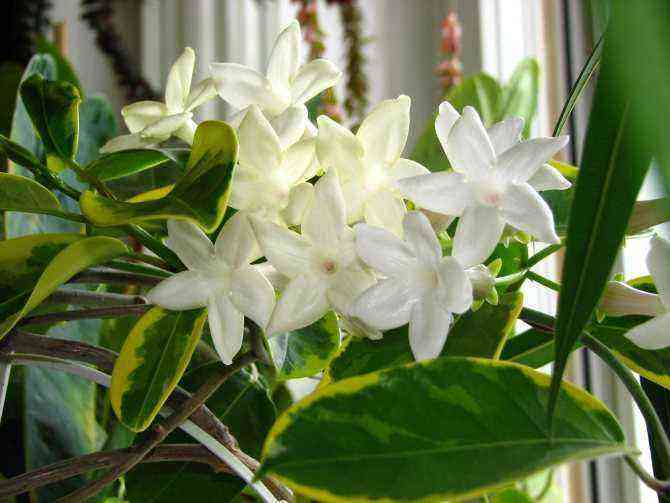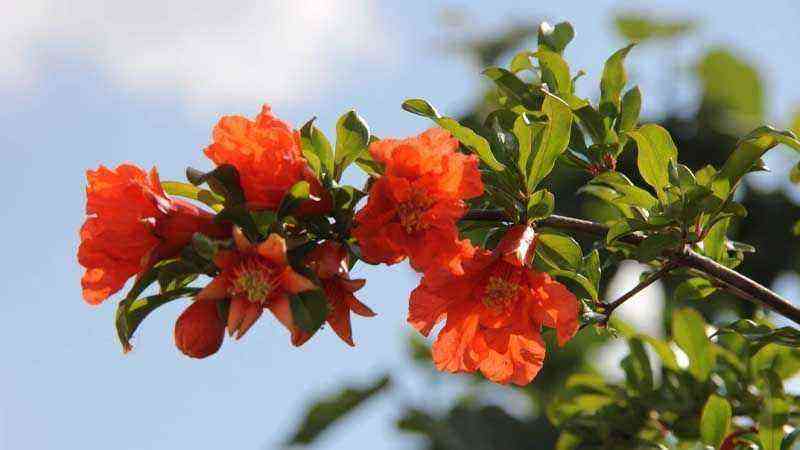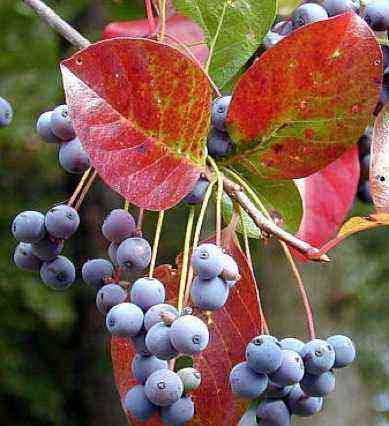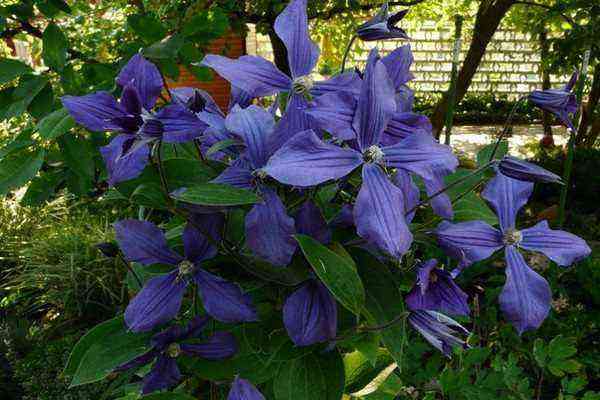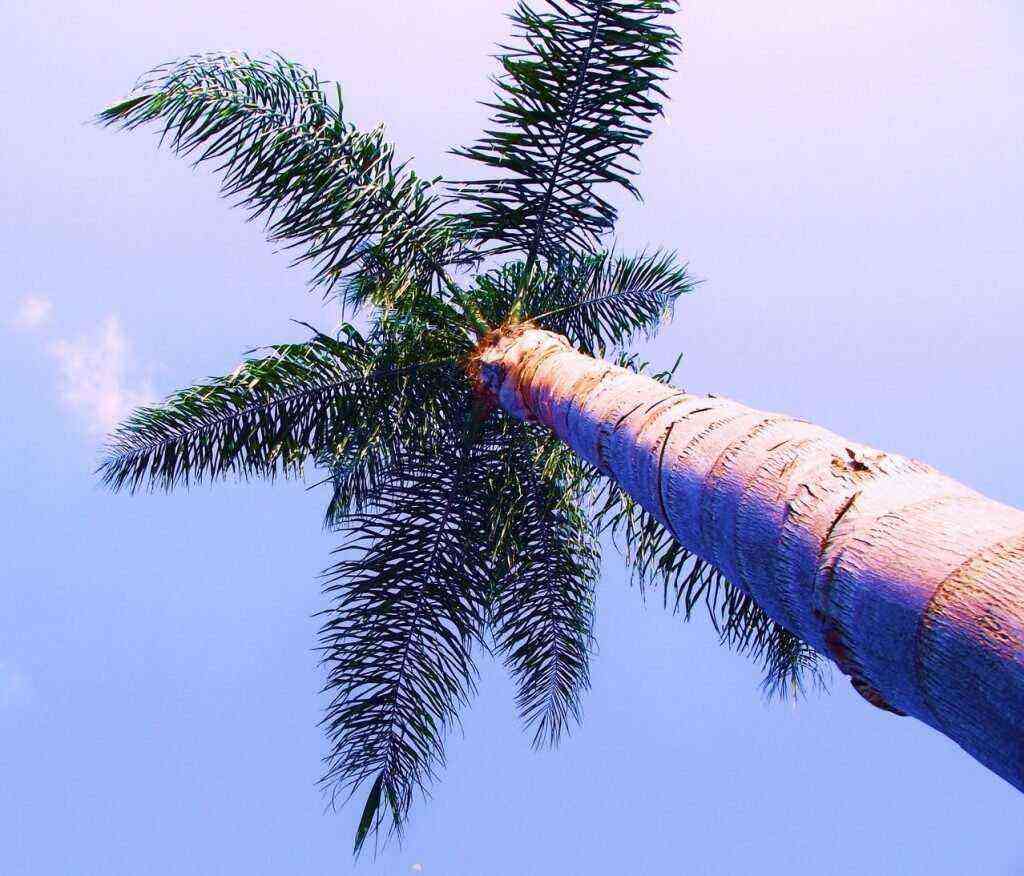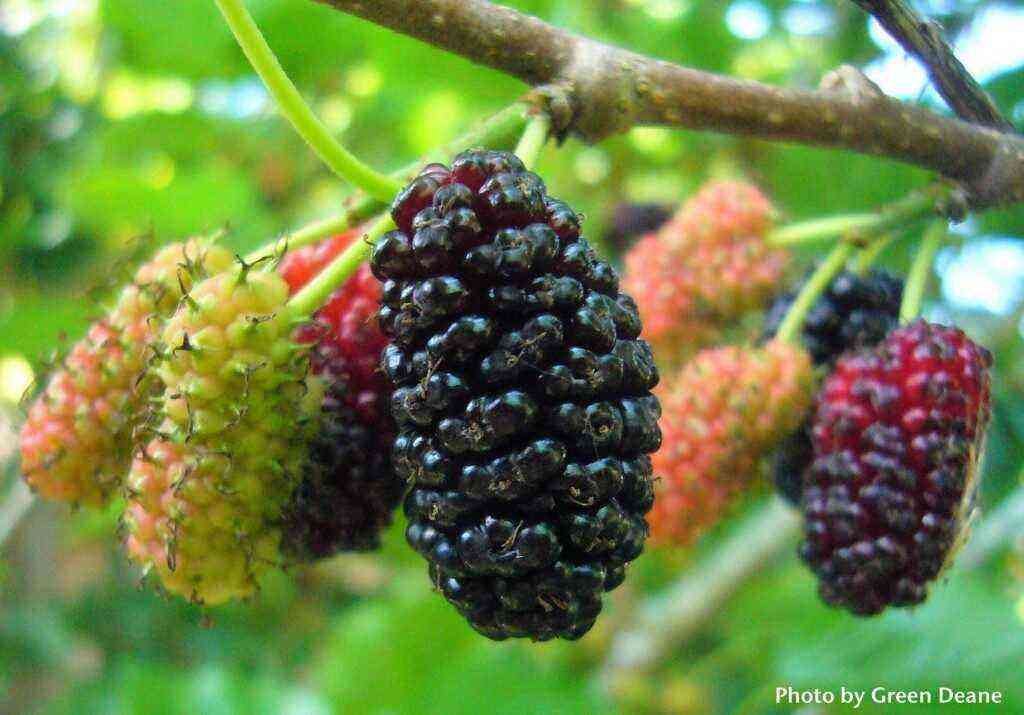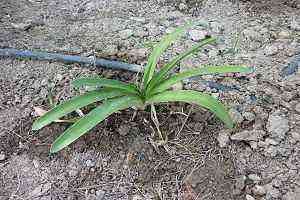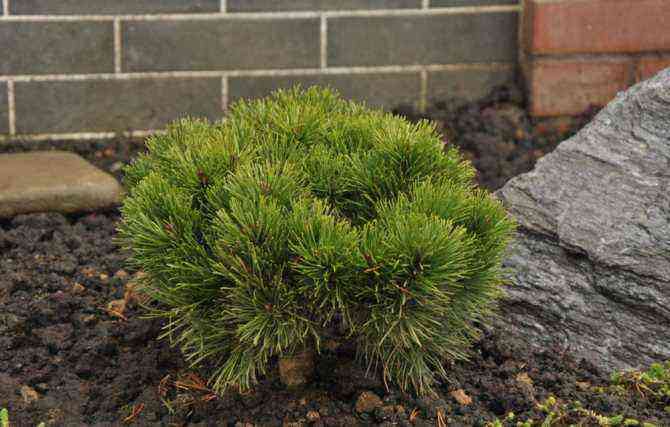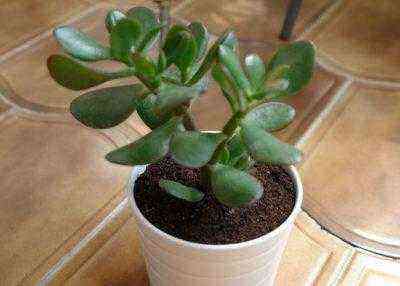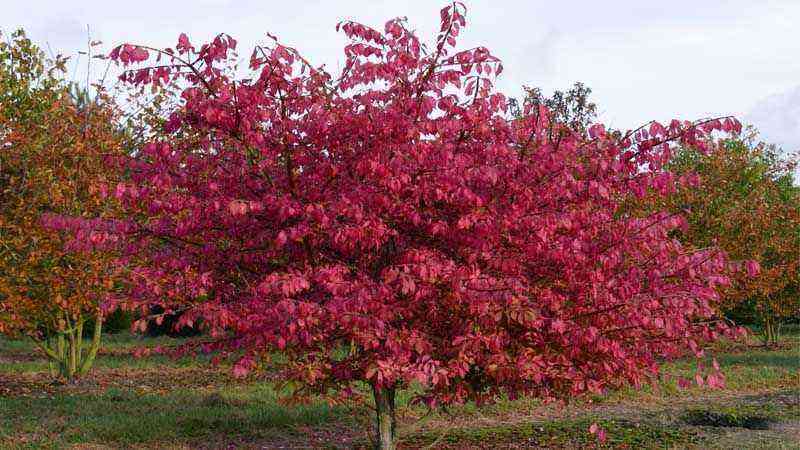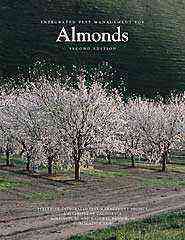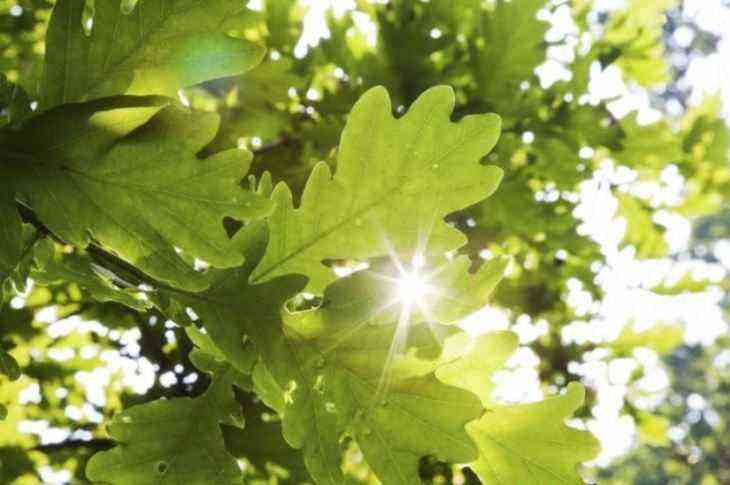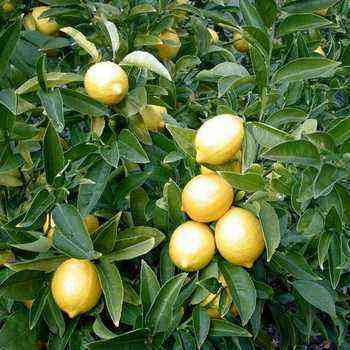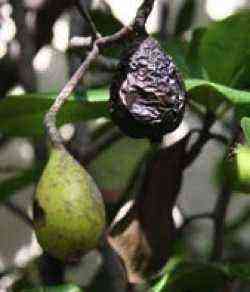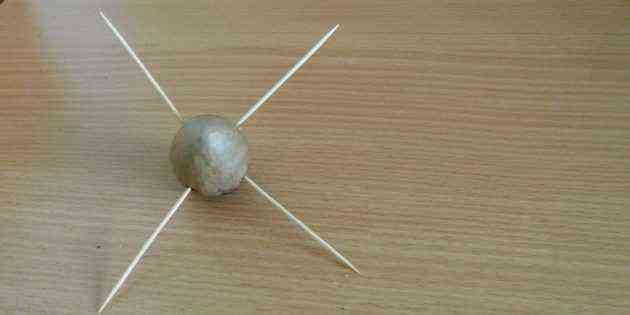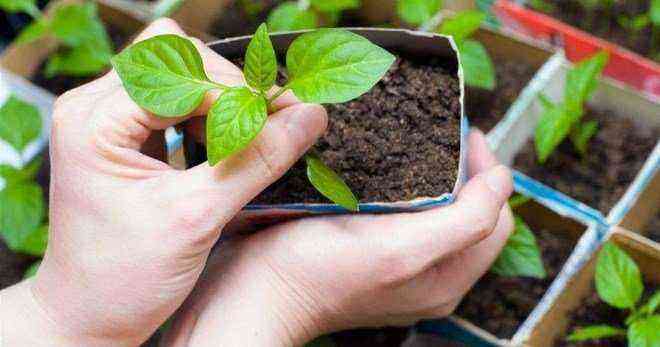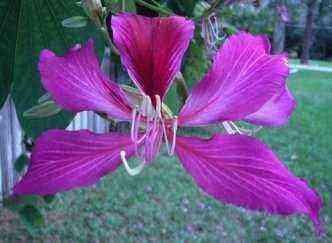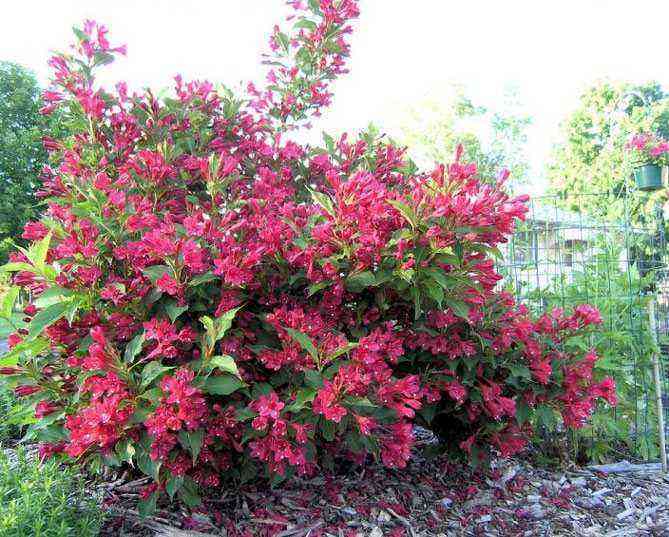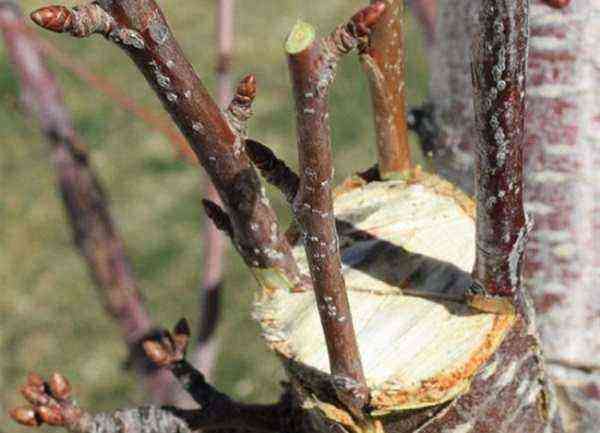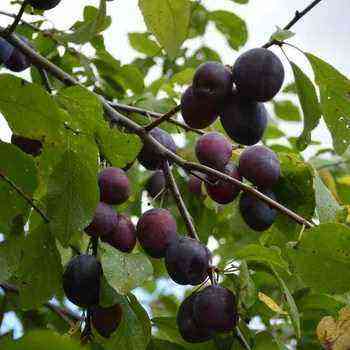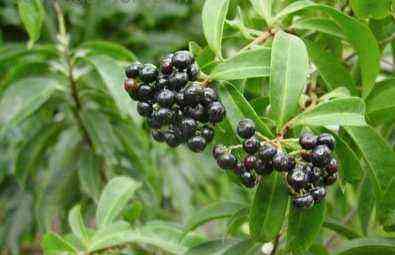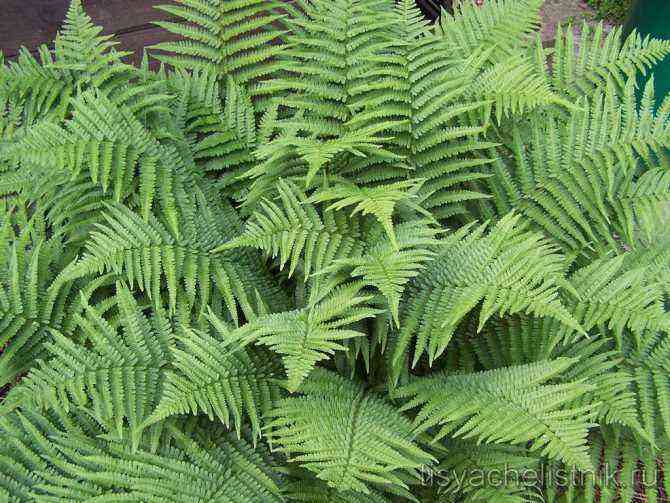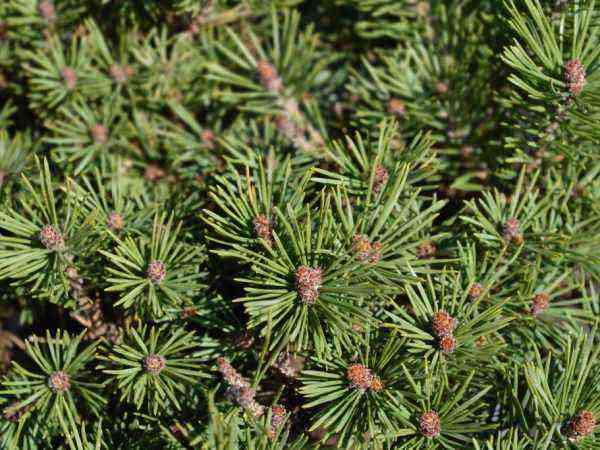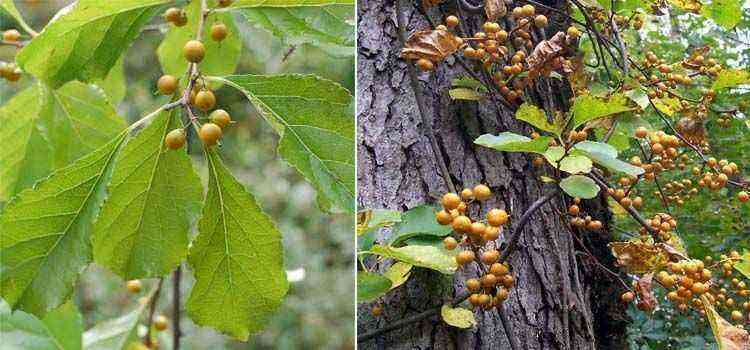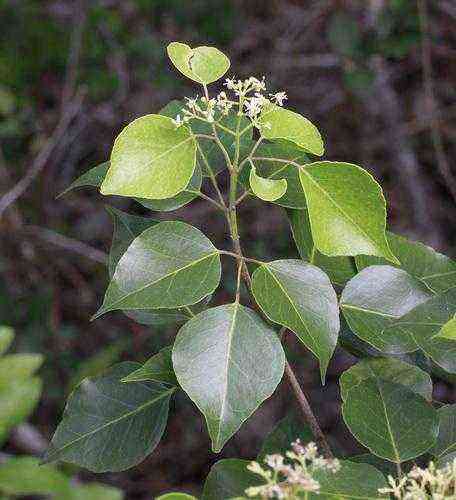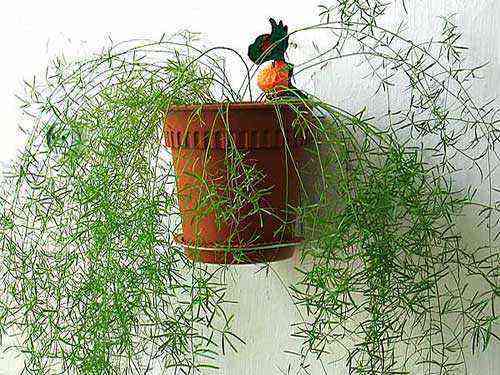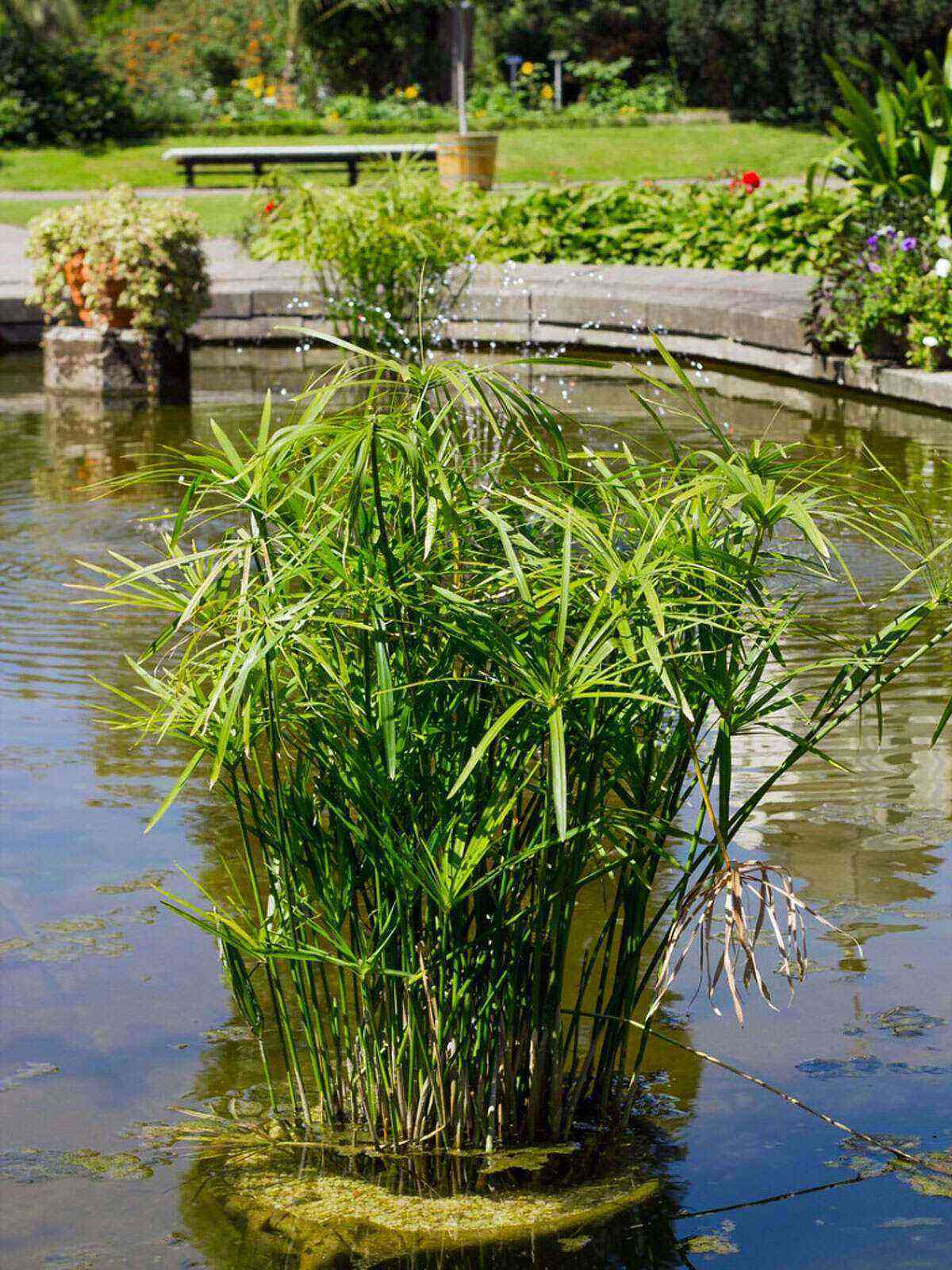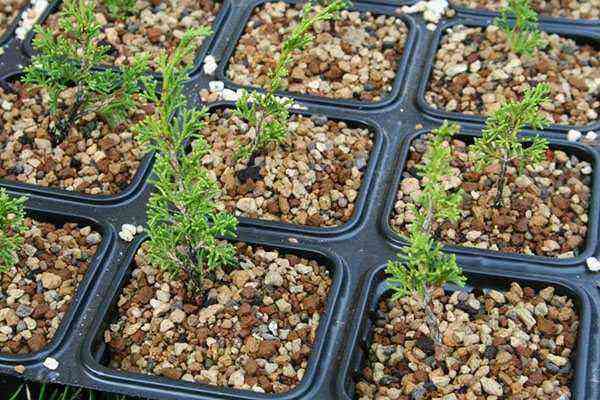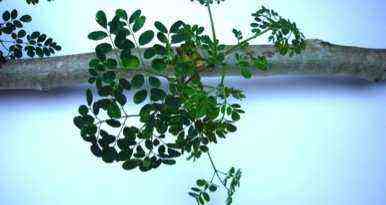Botanical description
The species Yew berry, it is common (Latin Taxus baccata) belongs to the genus Yew (Latin Taxus). Family – Yew (Latin Taxaceae). In total, the Yew genus includes 7 different species, among which there are trees and shrubs. More than 150 cultivars of berry yew are known, differing in size, crown shape, and shades of needles. In gardens, hybrids are more often planted, propagating vegetatively – by cuttings, giving a shrub crown. Life expectancy is from 1,5 to 4 millennia.
The average height of the tree is up to 20 m, but there are specimens up to 27 m in height. Crohn’s – narrow, ovoid-cylindrical up to 1,5 m in diameter. The branches form a dense cover. Often the crown is formed from several tops. The bark of young yew trees is smooth, and then becomes lamellar, colored red-gray. Buds are rounded with several scales of light brown color. On the trunk there is a mass of dormant buds, and each of them is capable of sprouting.
The needles of the berry yew are narrow shining dark green bare leaves up to 3,5 cm long and up to 2,5 mm wide, lighter on the inside. Anther cones are formed from the leaf sinuses. The seeds ripen in single cones. Each has only one ovule, around which a fleshy annular arillus grows. It has a sweetish taste and becomes bright crimson when ripe. Ripe oval pointed seeds are covered with a hard brown shell. Flowering every year occurs in April-May, and seed ripening in October. Even the theoretically edible fleshy aryllus, similar to ripe berries, is not eaten, since there is a high risk of poisoning (they themselves are not poisonous, but the seeds are very toxic).
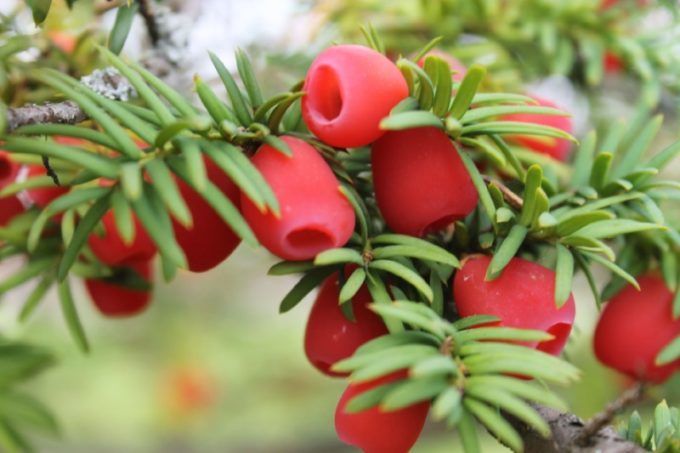

Preparing for planting
For gardeners, an important advantage of the berry yew is its unpretentious care. However, before purchasing this plant for planting on a personal plot, one must take into account that its main enemies are: acidic soil, stagnant moisture, strong winds, droughts and, for some varieties, polluted air.
Site Selection
Berry yews are considered the least demanding of light among the conifers. They develop more actively in the sun, but at the same time they become less frost-resistant. Therefore, when choosing a place for planting yew, preference is given to shady areas where trees retain rich shades of needles and bear fruit.

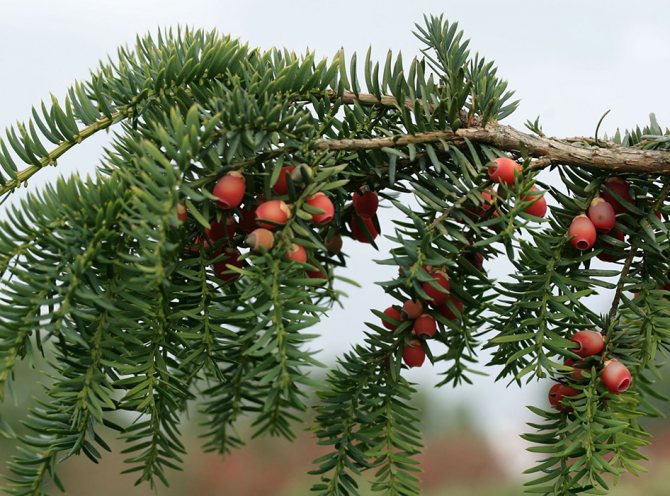
The berry yew develops more actively in the sun, but at the same time it becomes less frost-resistant.
Another important point when planting is to assess the condition of the soil. Yew loves moist, nutritious soil, grows well on calcareous or clay soil. If there is a reservoir on the site, then it is better to plant a plant nearby. The needles will get enough moisture so they don’t dry out and stay bright.
Ephedra copes well with drought. Its root system extracts moisture from aquifers at great depths. In winter, in the presence of shelter and in the absence of a strong wind, it transfers temperatures up to -30 0 С.
Soil preparation
Before you start planting yew on the site, you need to take care of the quality of the soil. The tree requires loose, humus-rich soil. You can prepare it yourself. To do this, you need to mix peat, sand and turf soil in a ratio of 2: 2: 3.
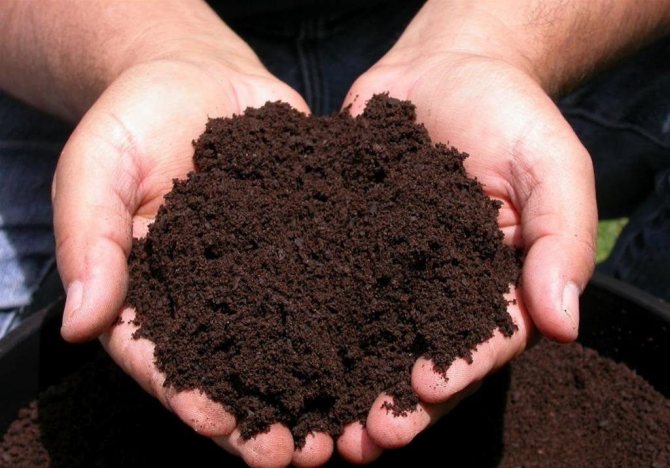
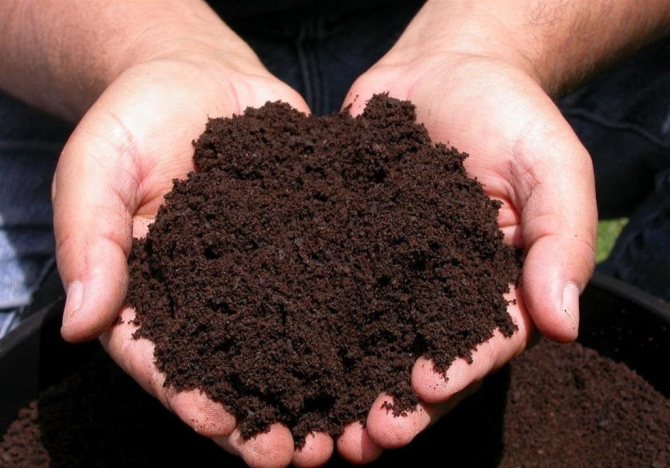
The tree requires loose, humus-rich soil.
In addition, it is important to ensure that water does not stagnate near the root system of the ephedra. Since the roots of the yew tree penetrate into the ground to a great depth, it is impossible to plant it in those places where the groundwater lies close to the surface. Even if you raise the bed or equip the drainage layer, the plant will not develop normally.
No conifers are afraid of frost. But some of them, especially the “varietal” conifers, are afraid of the strong sun and the drying wind. They do not freeze, but dry up, “burn out”. After that, they recover for a long time, and in some cases they die completely. Preparing conifers for winter is easier than preparing deciduous trees or shrubs.
Before covering conifers for the winter, sew regular spunbond or lutrasil covers in the form of bags with ties at the bottom. Sew the covers, having previously measured the height and width of the plants. But you can’t just put on the covers: under the weight of the snow on the covers, the tops of the conifers can bend, or even break.
For low spherical conifers, you need to use cucumber arches, set crosswise over the ephedra.
Popular varieties
It is difficult to find even decorative forms of berry yew in the gardens of Russia. It remains exotic, since the poisonousness of the plant scares away gardeners. Meanwhile, nurseries offer a fairly wide selection, the following varieties of ephedra have become the most popular.
Yew berry Repandens (lat. Taxus baccata Repandens)
A dwarf form that takes the form of a shrub with shoots spreading low along the ground. Skeletal branches are long, extend from the center and grow almost parallel to the soil. As a result, the yew takes on a pillow-like shape. The annual growth is no more than 8 cm upwards. An adult plant reaches a height of 60-80 cm with a crown width of up to 3-4 m. The needles, located on the shoot spirally or radially, are painted in a dark green shade, the crescent needles are directed almost vertically upward. Yew tolerates formative pruning well, is shade-tolerant, prefers moist soil, its winter hardiness is up to -23 ° С.

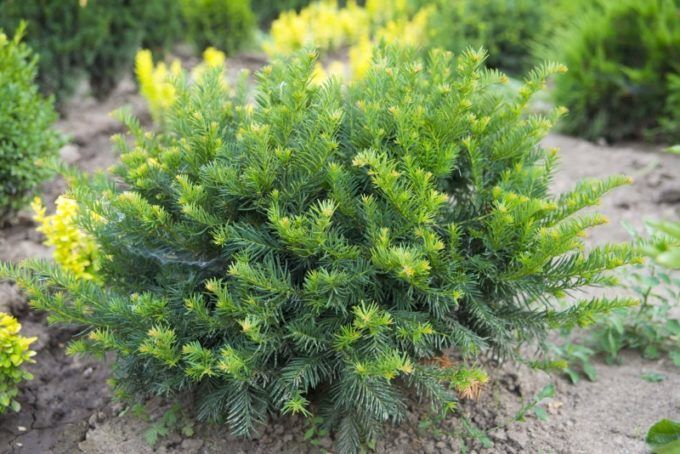
Yew berry Elegantissima (Latin Taxus baccata Elegantissima)
A very popular variety with the highest shade tolerance among all types of yew. A sprawling shrub with abundant fruiting, suitable for the formation of a very dense hedge. An adult plant is about 2,5 m in height, crown width is up to 3,5 m. Annual growth in height is no more than 10 cm. Can be cut in half to obtain an attractive shape. The needles are light lemon shade, lightening to almost white in autumn. Winter hardiness – up to -25 ° С.
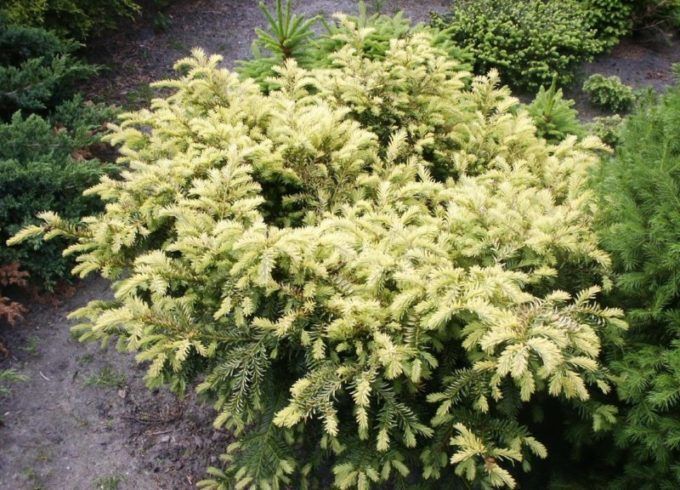
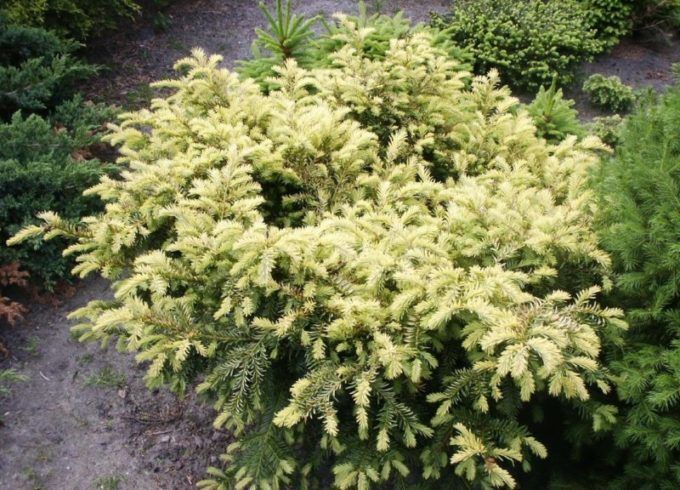
Yew berry David (Latin Taxus baccata David)
Shrub up to 2 m high with a narrow conical crown. The maximum height is 2 m, and the width of the crown is 60-80 cm. The needles in the depth of the crown are dark emerald, but young needles have a pronounced golden border, which turns green with age. The annual growth is modest – up to 7-10 cm. Winter hardiness – up to -23 ° С.
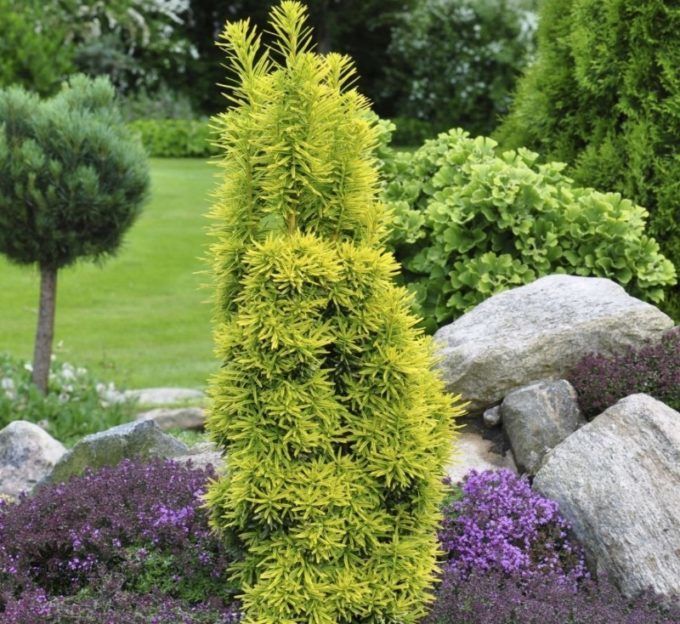
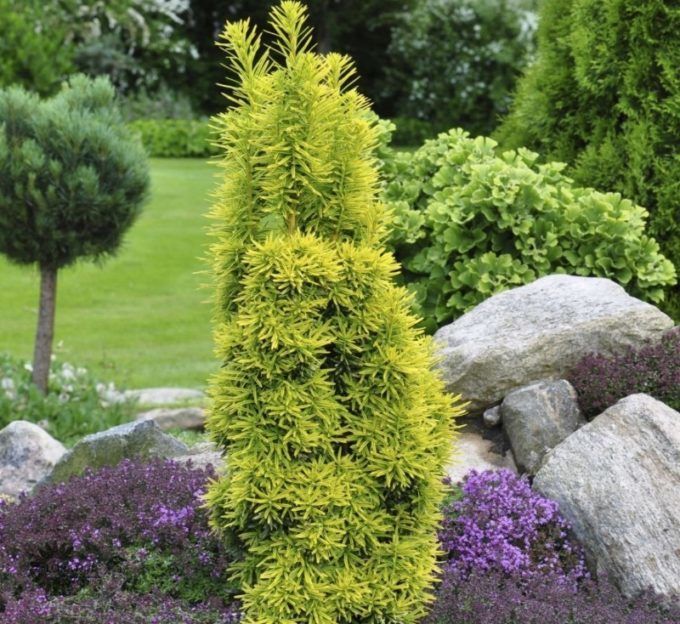
How to prepare and store medicinal raw materials
The needles of this plant are used for medicinal purposes. All parts of this shrub are deadly poisonous, except for the berries. Therefore, the prepared raw materials are used only for external use.
During the summer season, needles are collected from the bushes and dried on open terraces or verandas in the shade. Dried raw materials should be stored in glass containers with a tightly closed lid. Place these jars in a dark, dry place. Harvested raw materials (due to their toxic properties) should be stored separately from other medicinal herbs.
Beautiful bushes and trees of yew berry will decorate any square or summer cottage. They can be cut into the most unusual shapes. But it should be remembered that you should eat yew berries, as well as needles, only after consulting with specialists.
Planting and care
Berry yew is shade-tolerant. It is planted so that direct light falls on the crown for only part of the daylight hours. In a slight shade, the crown is brighter, more abundant fruiting, higher resistance to low temperatures.
The requirements for the soil relate to a greater extent to its looseness. Before planting, it is enriched with humus. Clay and calcareous soils are suitable, the main thing is not acidic. Areas close to water bodies, but not in a swampy or flooded place, are successful.
The optimal planting time is from late August to October. In the south, it is best to plant in autumn in October, and to the north only in early September and in a more illuminated place. This applies to seedlings with an open root system. Instances in containers can be replanted throughout the season.
Planting holes are dug only slightly larger than the volume of the underground part of the yew – up to 70 cm deep. Trenches of the same depth are dug to grow hedges. The optimal distance between seedlings is 1,5-2 m, and for hedges – only 50 cm. A thin (up to 20 cm thick) layer of drainage from sand and gravel is poured onto the bottom of the pit. Immediately after planting, the yew is watered abundantly, and the soil around is mulched. You can loosen the soil to a depth of no more than 10 cm, so mulching is best to prevent crust formation.
Berry yew is not a very demanding crop for feeding, as it grows rather slowly. Optimally suited “Kemira-universal” – fertilizer, which is applied at the rate of 100 g per 1 m2 only 1-2 times per season. You can use Nitroammofosku, which will need less – 50-70 g per 1 m2.
Trees older than 3 years do not need to be watered, but younger specimens will need regular watering during dry times. Under each plant, 10-15 liters of water are poured at a time. Sprinkling is useful, but they are done only at dawn or after dusk.
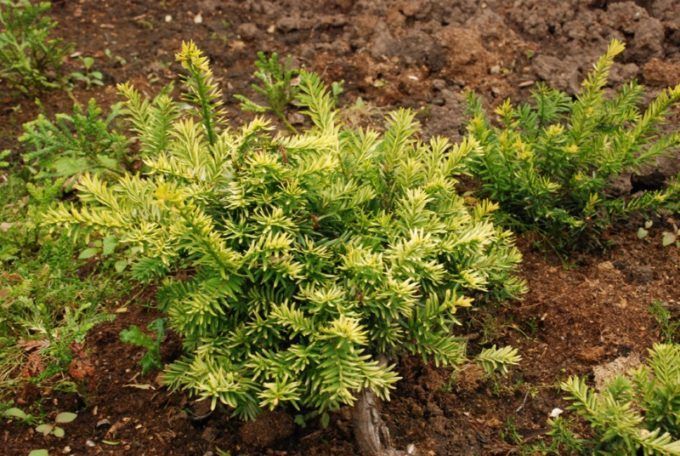
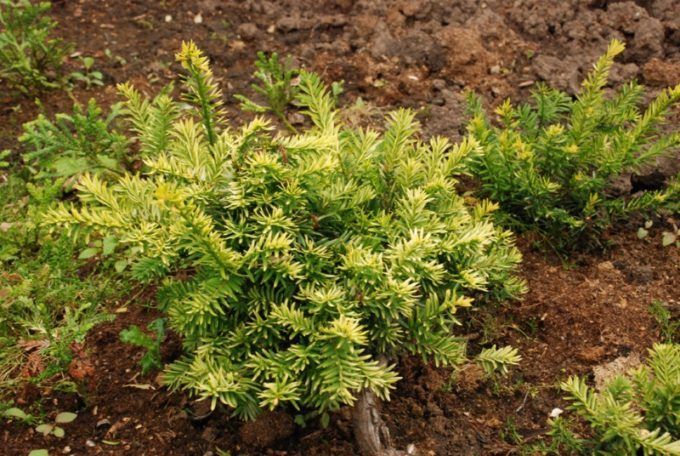
Pruning is required only once a year, in April. Usually, up to 1/3 of the length of the shoots is removed, but in some varieties, up to 1/2 can be cut. At the same time, the purpose of pruning is to remove damaged areas of the crown, or to give it an aesthetic shape, there is no other task.
Features of yew care
The plant prefers moderately moist substrates and tolerates dry periods well. The culture perceives excessive moisture poorly.
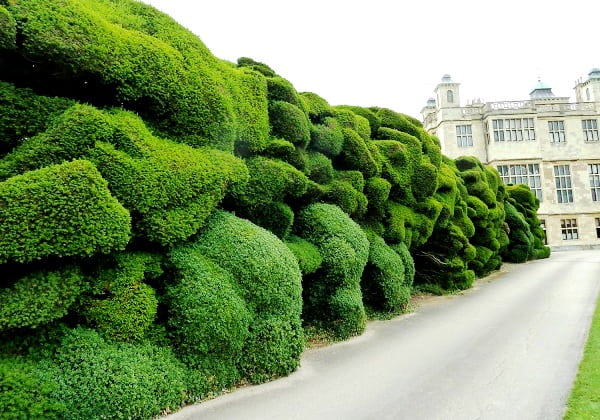

A yew hedge that is hundreds of years old
With a high salt content in the water in dry weather, the tree turns yellow, starting from the near-stem needles. Watering for the first time is necessary only for young plantings, adults usually do not need watering.
Yew care consists in periodic feeding, irrigation once a week (in the absence of rain), loosening the soil near young trees after watering for the first 2-3 years.
In addition, the plant tolerates a formative haircut and even heavy pruning, which allows it to form a crown, fitting the yew into the overall landscape design. Dry and frozen branches after a frosty winter must be completely removed, cleaning and refining.
Sanitary and formative pruning is best done in the spring before the start of the growing season. The second pruning, if necessary, the formation of the crown is repeated in early July.
Yew topiary figure
At a later time, pruning is not recommended, since the young shoots that appeared after the shearing will not have time to woody before winter and may freeze.
As you can see, caring for the yew tree does not create any particular difficulties, however, it requires regular attention to the plant.
Reproduction
Seed propagation is the most laborious, and it does not allow preserving the characteristics of yew berry hybrids. The easiest way is to propagate the berry yew by cuttings that retain all the characteristics of a particular variety by 100%.
For grafting at home, in October or April-May, a 3-5-year-old branch with a length of 15-20 cm is cut off. The bark is removed from the lower part, dipped in a root formation stimulator. They are planted immediately in a mixture of peat and sand (2: 1). Autumn cuttings are kept in a greenhouse in winter, and planted in open ground in April. Spring cuttings are germinated in a greenhouse and transplanted in summer. The term for the formation of roots is 3-4 months. With the arrival of frost, all young seedlings are covered for three years.
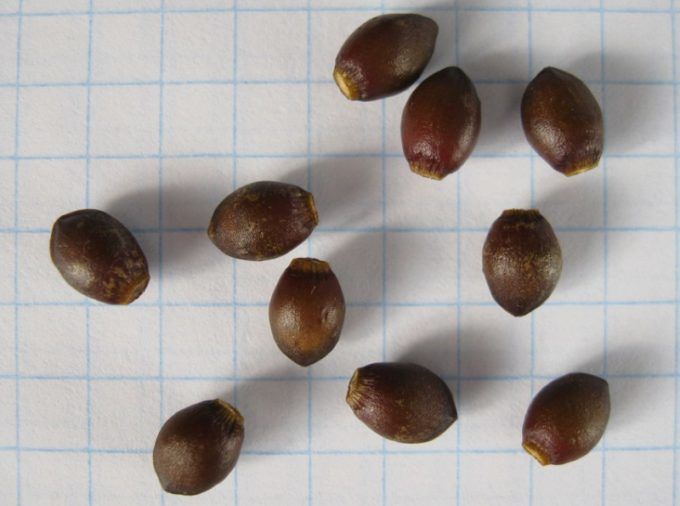
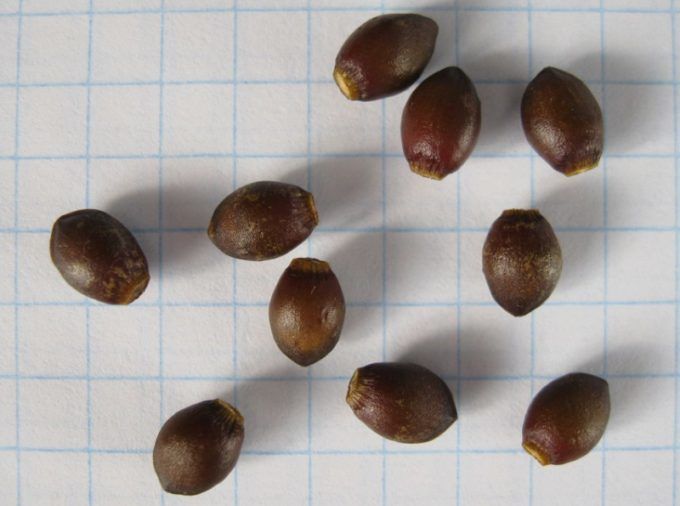
Yew seeds can be stored for 4 years. They need stratification in autumn and winter for six months at a temperature of + 3-5 ° C. Sowing is carried out in March. Stratified seeds germinate spontaneously within 8 weeks, and unstratified seeds germinate after 1-3 years. The picking of seedlings is carried out in the 3rd year from the emergence of seedlings, and they are transplanted into parks in the 4th year of life. A transplant to a permanent place can be carried out in another 3-4 years.
Diseases and pests
The culture suffers from invasions of gall midge, yew scabbard, needle-eating spruce leaf rollers, and pine scoops. All of them leave characteristic traces: yellowed needles, bites on needles, dried tips of shoots. For prophylaxis in the spring and summer, spraying with insecticides of a wide spectrum of action is carried out, for example, Karbofos, Rogor, Nitrafen.
Common diseases – phomosis, fusarium, brown shute, necrosis affect the yew and can spread from it to neighboring plants. Planting in low-lying areas with heavy soils most often suffers. For treatment, fungicides containing copper are used.
Meaning and application
The groves have been cut down for centuries to obtain wear-resistant, dense wood, not inferior to cedar in strength. It was prized in the manufacture of furniture, household items, and ceiling beams. Wood has a bactericidal effect, so boards and beams from it do not grow moldy. Today, raw materials are rare and very expensive.
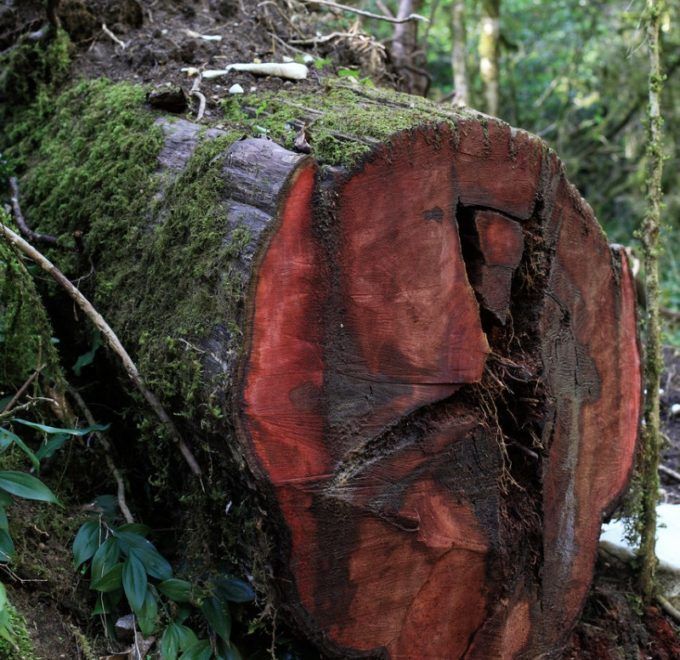
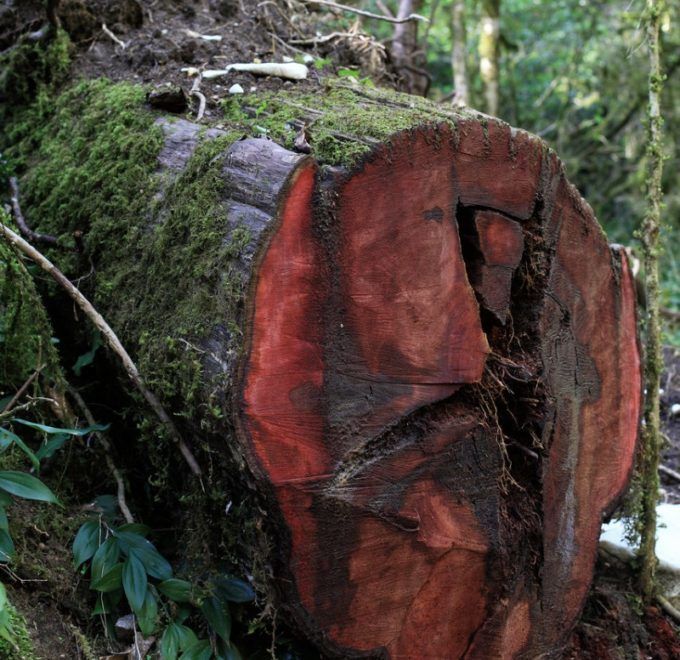
Poisonous needles and berries are valuable medicinal raw materials. Extracts are obtained from them, which serve as the basis for various preparations. The use of berry yew is widely known in the treatment of dermatological diseases, inflammatory, and oncological. It is impossible to use such funds without medical advice and control, in case of an overdose, arrhythmia, weakness, vomiting, and shortness of breath are observed. If you do not rinse the stomach in time and do not carry out detoxification therapy, then a lethal outcome is possible.
Use in landscape design
In the gardens of the middle lane, undersized shrub forms are often planted, since they have a significantly higher winter hardiness. Growing trees at temperatures below -20 ° C can freeze over.
The ephedra perfectly tolerates formative pruning, which allows you to get not only hedges of the required density and height, but also all kinds of shapes (columns, balls, cubes, etc.). Without trimming, the crown also looks attractive.
Berry yew is often planted near water bodies, along garden paths, on alpine slides. Its dense emerald needles blend beautifully with garden sculptures. The most advantageous trees and shrubs look next to other conifers: junipers, thujas. In the south, yew can often be seen next to rhododendrons, and in the middle latitudes with ferns.
Side effects and contraindications of berry yew
Foliage, shoots and other aerial parts of fastigiatus aurea and other varieties of berry yew are dangerous to humans and animals. Ephedrine, which is part of them, causes an increase in heartbeat, increases arousal, increases blood pressure.
Signs of poisoning
- nausea;
- bouts of vomiting;
- general weakness;
- sudden bouts of drowsiness;
- breathing is difficult.
Medicines containing any part of this shrub should not be taken without consulting a healthcare professional. Symptoms of poisoning with this plant are similar to those of the flu.
It should be remembered: if, in case of poisoning with drugs containing the raw materials of this plant, you do not rinse the stomach in time and do not seek medical help in time, a lethal outcome is inevitable.
